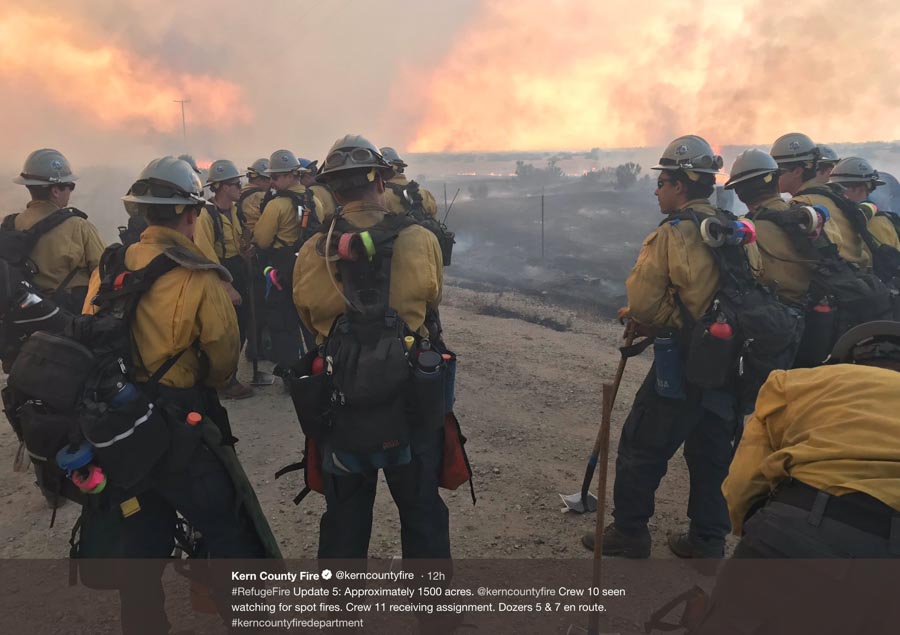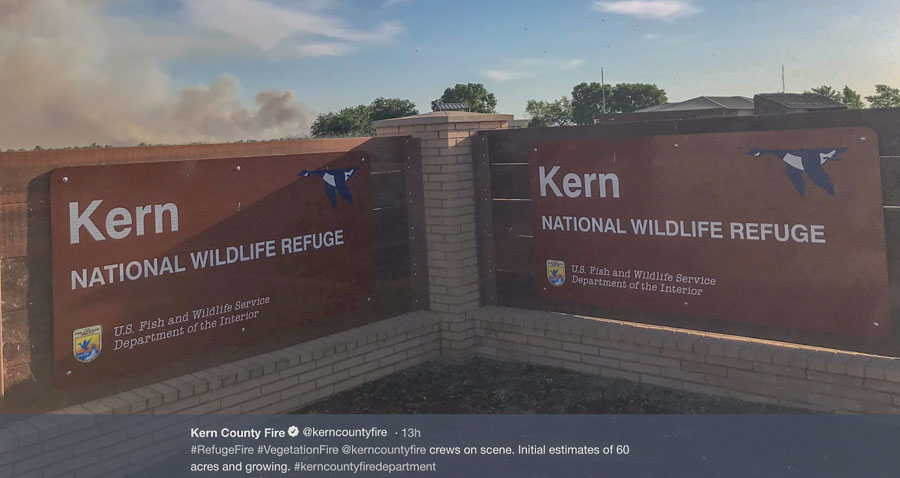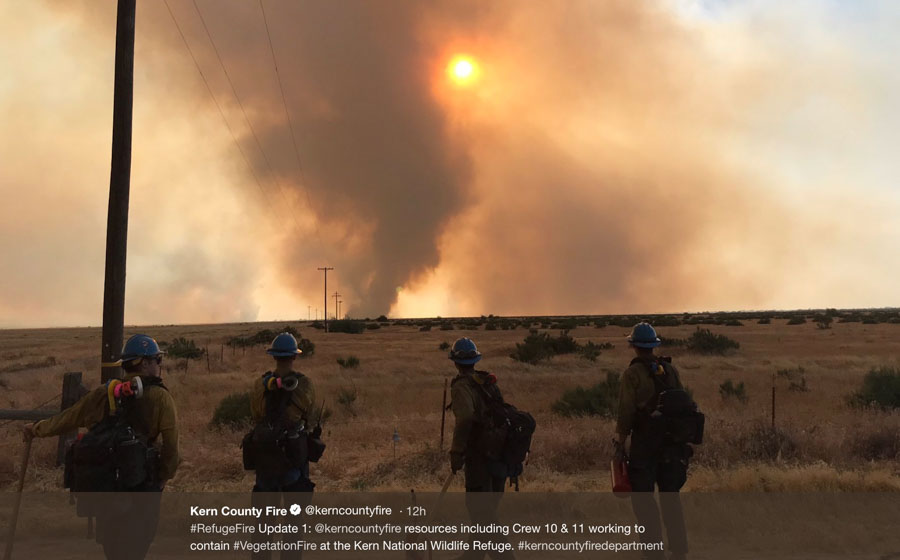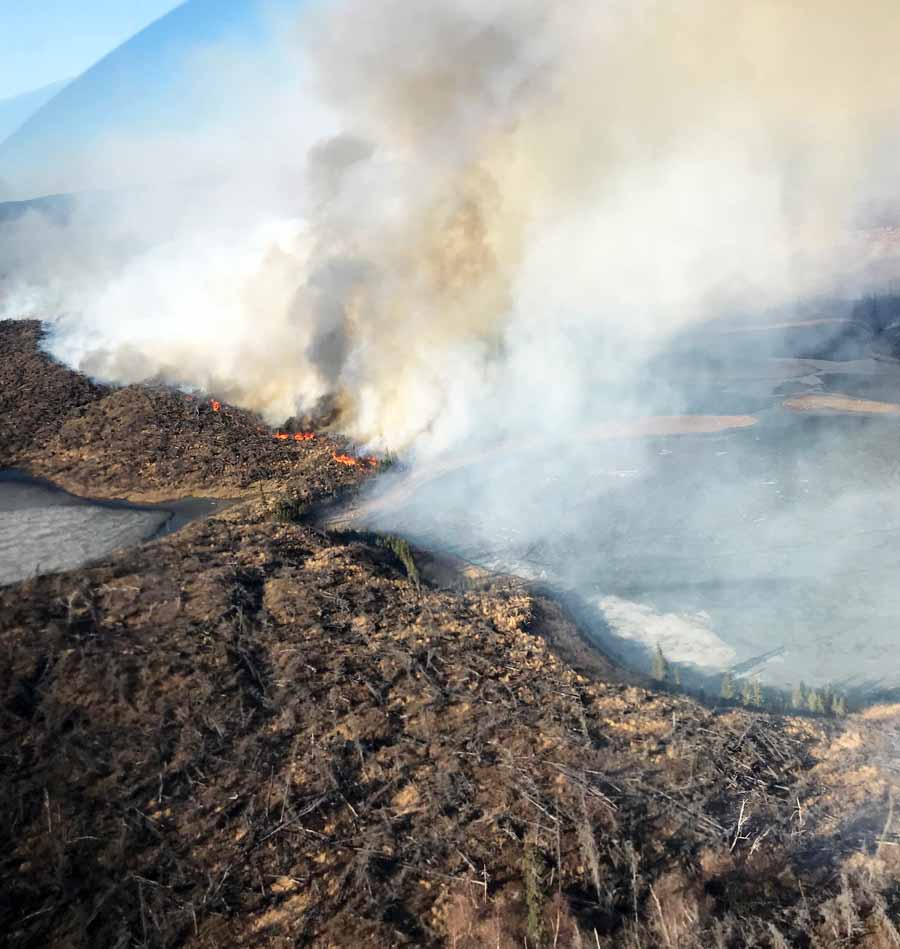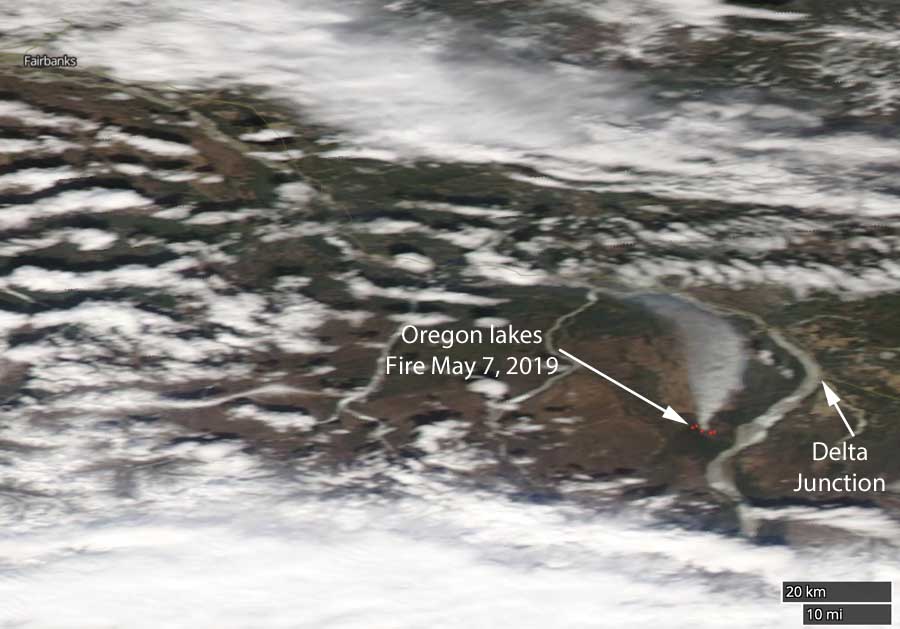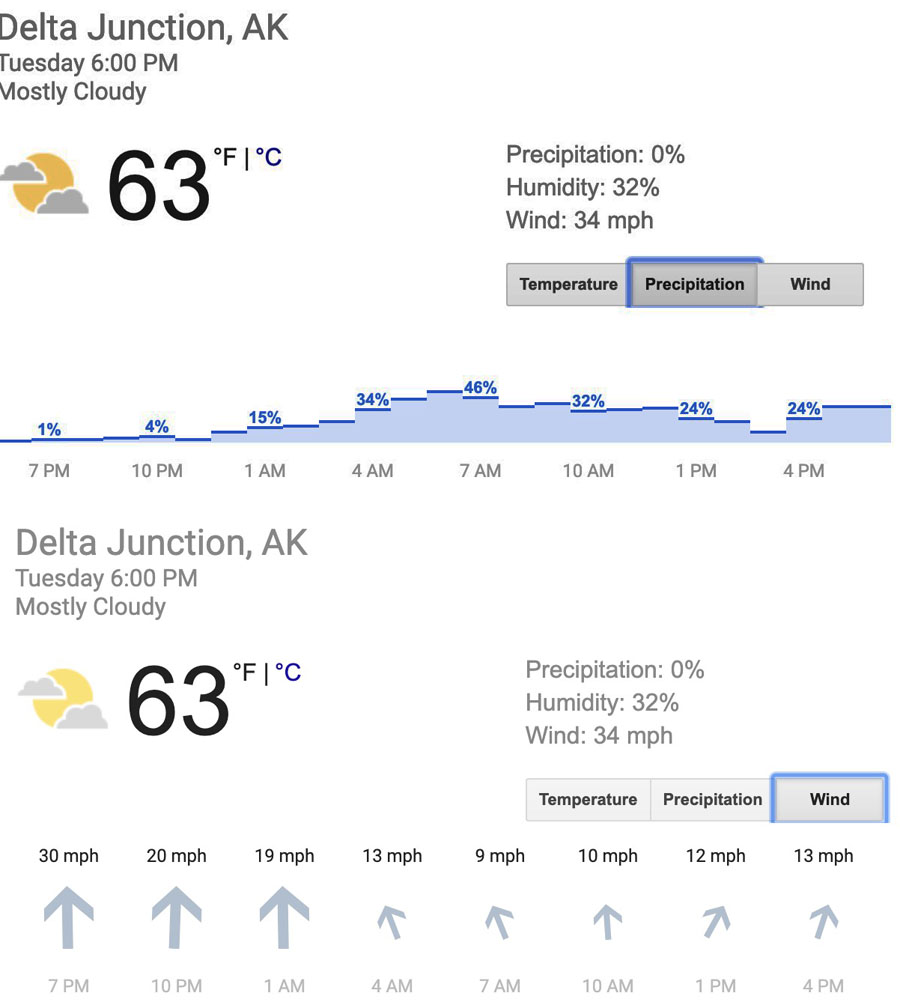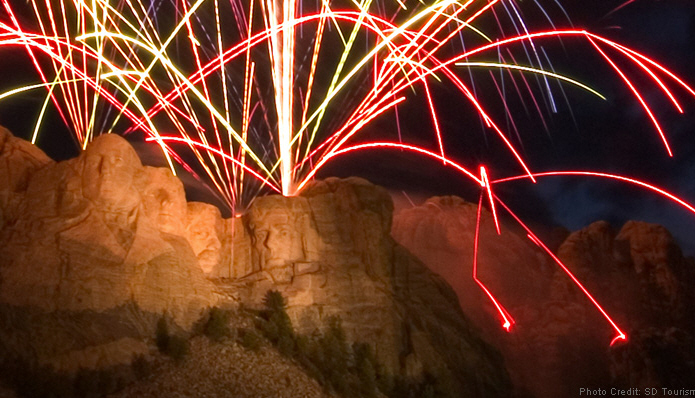
It is possible that July 4 fireworks displays could again be seen at Mount Rushmore National Memorial in the Black Hills of South Dakota beginning next year. The last time fireworks rained down on the sculpture and the ponderosa pine forest below was in 2009.
President Trump sent out a tweet yesterday:
I am pleased to inform you that THE BIG FIREWORKS, after many years of not having any, are coming back to beautiful Mount Rushmore in South Dakota. Great work @GovKristiNoem and @SecBernhardt! #MAGA
Governor Kristi Noem distributed a press release, writing in part, “[T]he State of South Dakota and the U.S. Department of the Interior have agreed to bring fireworks back to Mount Rushmore National Memorial beginning with the 2020 Independence Day celebration.”
The Memorial is administered by the National Park Service which is part of the Department of the Interior. The DOI has signed a Memorandum of Agreement with the State of South Dakota, “to work to reinstate fireworks at Mount Rushmore for Fourth of July celebrations.”
According to the NPS it is not etched in stone that the fireworks will occur.
“The agreement”, said Maureen McGee-Ballinger, chief of interpretation and education at Mount Rushmore, “is the first step in a long process. The National Park Service will be working with the state, land management agencies, various specialists in a variety of fields, and will be exercising our authority under state and federal law to explore safe and available options in regards to the proposal. So, it’s a proposal. This is just the beginning of the process to look at that.”
For the last three months President Trump and the Governor of South Dakota, Kristi Noem, have been pushing to resume the fireworks over the faces of the Presidents. There is a report that the President joked that he would be in favor of it only if he could push the button to set them off.
From 1998 through 2009 fireworks were launched over the sculpture with strong support from local businesses that benefited from the thousands of spectators that crowded over the mountain roads to access the site.
During the first five years of the fireworks, Mount Rushmore was one of the seven Parks within the Northern Great Plains Fire Management organization for which I was the Fire Management Officer. Knowing that fireworks often start structure and vegetation fires, I argued against the project when it was first proposed. The park is not just the stone carving; it has 1,200 acres of timber within the boundary, and beyond that is the Black Hills National Forest.
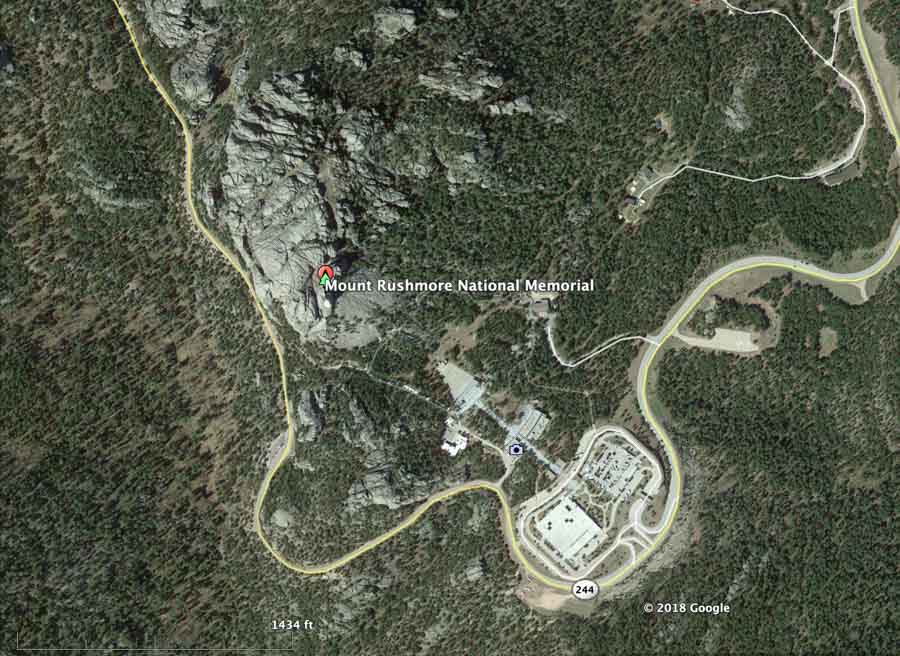
But the decision was made to begin the July 4 fireworks in 1998. As part of the planning team I developed fire-related criteria that became part of the go/no-go checklist that was fine-tuned over the years. One of the items on the list was a requirement that the Probability of Ignition be within certain parameters. If it was too high, the event would be cancelled or postponed. But there was tremendous pressure to make it happen. Tens of thousands of spectators usually attended, with many of them coming from long distances. It took many days to haul the fireworks up through the steep, rocky terrain and wire them up for the programmed display.
It was also my job to plan for suppression of the fires that started when burning embers hit the ground. We mobilized dozens of firefighters during the busy part of the fire season and had them positioned just outside the falling-debris zone. We had to restrict out of area fire assignments to be sure enough firefighters remained available for the show. After the aerial explosions ended, we would move in, search at night in the steep rocky terrain, and extinguish the fires. One year after searching through the dense timber on a moonless night, a hotshot crew got lost as they tried to return to their vehicles. We were pretty worried about them when they didn’t show up, but they eventually made it, about an hour later than expected.
In one of the first displays over a dozen fires started. They were all put out when they were small, but it was proven then to be an insane concept to shoot off literally tons of fireworks over a ponderosa pine forest in July.
In 2016 the USGS discovered that the ground and surface water at Mount Rushmore is contaminated with percholrate, a component of rocket fuels and explosives. They determined that the chemical came from the fireworks over that 12-year period.
Data from the USGS report showed that a maximum perchlorate concentration of 54 micrograms per liter was measured in a stream sample, which is about 270 times higher than that in samples collected from sites outside the memorial. The Centers for Disease Control says high levels of perchlorates can affect the thyroid gland, which in turn can alter the function of many organs in the body. The fetus and young children can be especially susceptible.
Aside from the impractical aspects of fires, cost, and ruining the water, the esthetics of the display were disrespectful and distasteful — explosions over the faces of Presidents Washington, Roosevelt, Jefferson, and Lincoln — raining down onto the sculpture, rocks, and forests. The show left on the sculpture and in the forest unexploded shells, wadding, ash, pieces of the devices, paper, and poisonous chemicals; stuff that can never be completely picked up in the steep, rocky, rugged terrain.
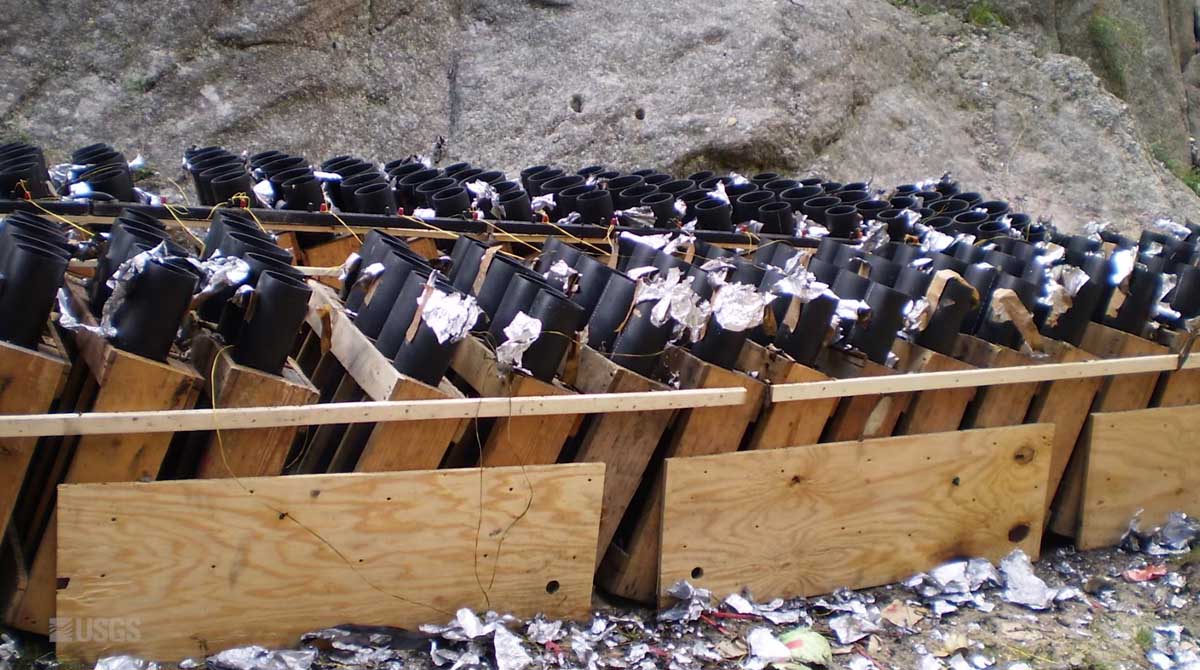
I am pleased to inform you that THE BIG FIREWORKS, after many years of not having any, are coming back to beautiful Mount Rushmore in South Dakota. Great work @GovKristiNoem and @SecBernhardt! #MAGA
— Donald J. Trump (@realDonaldTrump) May 8, 2019
Trivia of the day: President Trump has tweeted about “fireworks” 19 times. Most often to describe an upcoming episode of “The Apprentice”.

